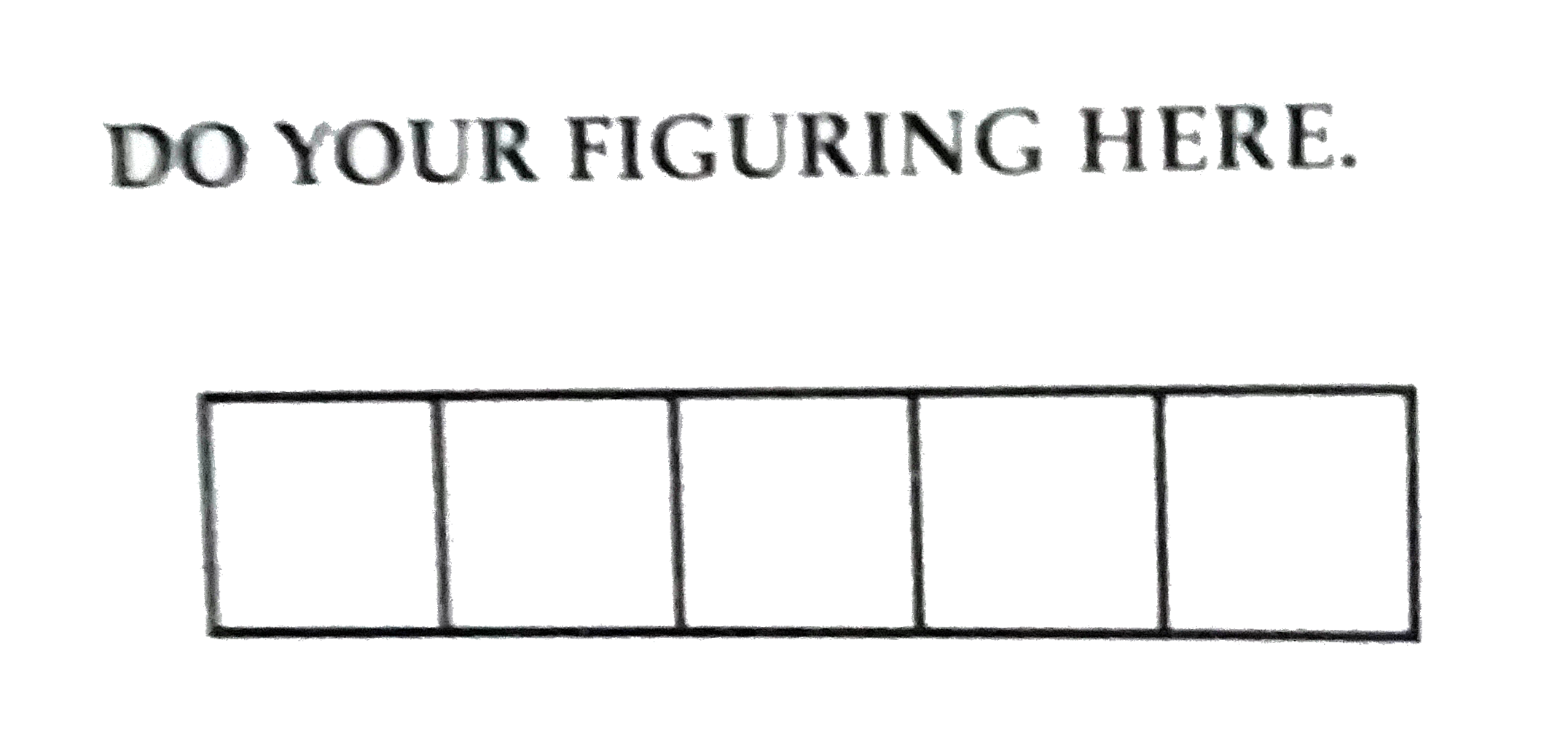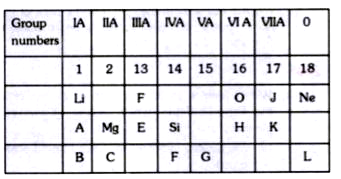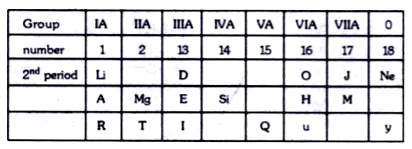We already know the rule for the pattern of letters L, C and F. Some of theletters from Q.1 (given above) give us the same rule as that given by L. Which are these? Why does this happen?
To solve the question, we need to identify which letters share the same pattern as the letter "L" based on the number of matchsticks used to form them.
1. Identify the Pattern of the Letter "L":
- The letter "L" can be formed using 2 matchsticks.
- Hence, the pattern for "L" can be represented as 2n, where n is a whole number (in this case, n=1).
2. Check Other Letters:
- We need to check other letters to see how many matchsticks are used to form them.
- The letters we are checking are "C," "F," "T," and "V."
3. Count Matchsticks for Each Letter:
- Letter "C": 2 matchsticks
- Letter "F": 3 matchsticks
- Letter "T": 2 matchsticks
- Letter "V": 2 matchsticks
4. Identify Letters with the Same Pattern as "L":
- From the counting, we see that "C," "T," and "V" all use 2 matchsticks.
- Therefore, the letters that share the same pattern as "L" (2 matchsticks) are "C," "T," and "V."
5. Explain Why This Happens:
- The reason "C," "T," and "V" share the same pattern as "L" is that they can all be formed using the same number of matchsticks (2).
- This means they follow the same rule of being represented as 2n.
Final Answer:
The letters that share the same pattern as "L" are "C," "T," and "V" because they all require 2 matchsticks to form.
- The letter "L" can be formed using 2 matchsticks.
- Hence, the pattern for "L" can be represented as 2n, where n is a whole number (in this case, n=1).
- We need to check other letters to see how many matchsticks are used to form them.
- The letters we are checking are "C," "F," "T," and "V."
- Letter "C": 2 matchsticks
- Letter "F": 3 matchsticks
- Letter "T": 2 matchsticks
- Letter "V": 2 matchsticks
- From the counting, we see that "C," "T," and "V" all use 2 matchsticks.
- Therefore, the letters that share the same pattern as "L" (2 matchsticks) are "C," "T," and "V."
- The reason "C," "T," and "V" share the same pattern as "L" is that they can all be formed using the same number of matchsticks (2).
- This means they follow the same rule of being represented as 2n.
The letters that share the same pattern as "L" are "C," "T," and "V" because they all require 2 matchsticks to form.
Topper's Solved these Questions
Similar Questions
Find the rule which gives the number of matchsticks required to make thefollowing matchstick patterns. Use a variable to write the rule.(a) A pattern of letter T as(b) A pattern of letter Z as(c) A pattern of letter U as(d) A pattern of letter V as(e) A pattern of letter E as(f) A pattern of letter S as(g) A pattern of letter A as
View SolutionA five - letter code is formed by selecting 5 different letters from the 12 letters A, B, C, D, E, F, G, H, I, J, K, and L and placing these 5 letters in the 5 spaces shown in Figure. Which of the following expressions is the number of different five - letter codes that are possible ?

View Solution
Knowledge Check
Read the following extract from the poen, 'I know why the Caged Bird Sings' and answer the questions that follow by choosing the most appropriate response from the choices given below:
The free bird thinks of another breeze
and the trade winds soft through the sighing trees
and the fat worms waiting on a dawn bright lawn
and he names the sky his own
Which of these literary devices is not used in the extract given above?AImageryBOnomatopoeiaCJuxtapositionDPersonification
In the given triangle, name the following:
(a). The vertices of the triangle
(b). The sides of the triangle
(c) the side opposite to vertex Q
(d) the vertex opposite to side PQ
(e) the three angles using three letters
(f) the three angles using a single letter

View SolutionConsider the section of the periodic table given below.
Note: In this table, B does not represent boron
C does not represent carbon
F does not represent fluorine
H does not represent hydrogen
K does not represent potassium
You must see the position of the element in the periodic table.
Some elements are given in their own symbol and position in the periodic table, while others are shown with a letter. With reference to the table:
In the compound between F and J, what type of bond will be formed?
View SolutionConsider the section of the periodic table given below.

Note : In this table B does not represent boron
C does not represent carbon
F does not represent fluorine
H does not represent hydrogen
K does not represent potassium
You must see the position of the element in the periodic table.
Some elements are given in their own symbol and position in the periodic table, while others are shown with a letter. With reference to the table:
In the compound between F and J, what type of bond will be formed ?
View SolutionConsider the section of the periodic table given below.

Note : In this table B does not represent boron
C does not represent carbon
F does not represent fluorine
H does not represent hydrogen
K does not represent potassium
You must see the position of the element in the periodic table.
Some elements are given in their own symbol and position in the periodic table, while others are shown with a letter. With reference to the table:
Which is the most electronegative ?
View SolutionConsider the section of the periodic table given below.

Note : In this table B does not represent boron
C does not represent carbon
F does not represent fluorine
H does not represent hydrogen
K does not represent potassium
You must see the position of the element in the periodic table.
Some elements are given in their own symbol and position in the periodic table, while others are shown with a letter. With reference to the table:
Draw the electron dot structure for the compound formed between C and K.
View Solution
• In this table H does not represent hydrogen.
• Some elements are given in their own symbol and position in the periodic table.
• While others are shown with a letter.
With reference to the table answer the following questions :
In the compound between A and H what type of bond would be formed and give the molecular formula for the same.
View SolutionConsider the section of the periodic table given below.

Note : In this table B does not represent boron
C does not represent carbon
F does not represent fluorine
H does not represent hydrogen
K does not represent potassium
You must see the position of the element in the periodic table.
Some elements are given in their own symbol and position in the periodic table, while others are shown with a letter. With reference to the table:
How many valence electrons are present in G?
View Solution
